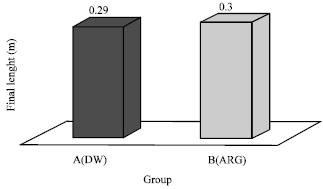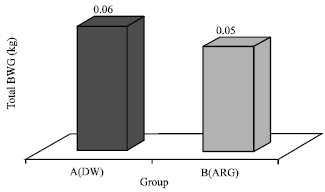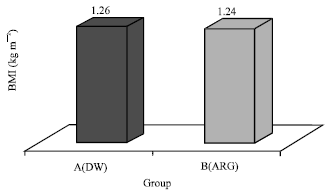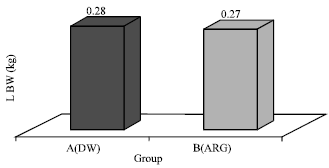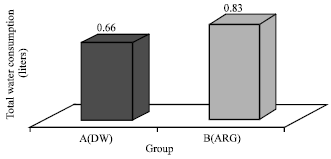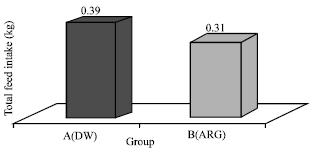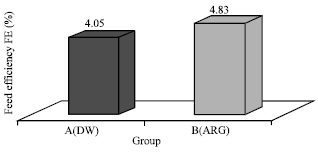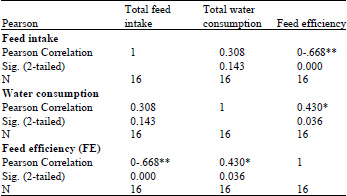Research Article
Effect of L-arginine on Some Anthropometric Parameters of Metabolic Syndrome in Normal Female Wistar Rats
Nutrition and Toxicological Biochemistry Unit, Department of Biochemistry, University of Nigeria, Nsukka, Nigeria
Ifeoma I. Ijeh
Department of Biochemistry, College of Natural and Applied Sciences, Michael Okpara University of Agriculture Umudike, P.M.B. 7267 Umuahia, Abia State, Nigeria
Onyinye N.C. Egbuonu
Public Health Unit, Department of Health and Physical Education, University of Nigeria Nsukka, Nigeria
Lawrence U.S. Ezeanyika
Nutrition and Toxicological Biochemistry Unit, Department of Biochemistry, University of Nigeria, Nsukka, Nigeria
Onyechi O. Obidoa
Nutrition and Toxicological Biochemistry Unit, Department of Biochemistry, University of Nigeria, Nsukka, Nigeria









